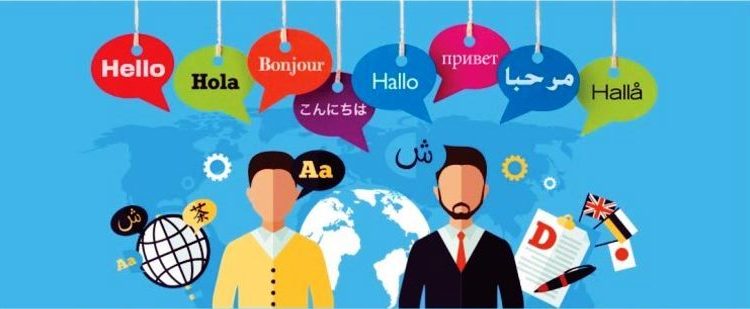As automatic translation is becoming more rampant in our daily lives, as seen by innovations by Google and Facebook, it seems that translation has become a necessity, especially for LEPs. But what about the accuracy, quality, and speed of translations?
This will go over three metrics for translation quality in the digital age, such as translation accuracy, translation quality, and client satisfaction. This article will wrap up by showing how the right professional translation services will benefit global businesses worldwide through easier access to international markets.
According to Grand View Research, “The global machine translation market size is projected to reach USD 983.3 million by 2022.” According to Statista, meanwhile, “The global language services market was valued at approximately USD 49.6 billion in 2019. It has since risen to USD 56.18 billion in 2021, which shows a growth of more than USD 5 billion in just two years.”
One of the reasons for such aggressive growth in this industry is the type of translation quality available for your services. Looking for the best quality of translation? Read on to find out.
Why Is The Best Translation Quality From Your Professional Translation Services A Necessity?
It goes without saying, but you need the best translation quality from your professional translation services. The only ones responsible for making sure the quality, accuracy, and speed of translations are up to par are your professional translation services. High quality services such as those of Tomedes have quality assurance teams that make sure your translations are up to global standards.
International quality standards such as the International Organization for Standardization, or the ISO, has a standard, the ISO 17100, the new internationally accepted standards for translation services. It outlines the quality expected from the translator and the quality standards of the services required from the professional translation services. Professional translation services such as Tomedes are ISO-certified, so you can be assured that your translations are of the highest quality.
Three Metrics for Translation Quality in the Digital Age
In the digital age, where professional translation services operate remotely, there are three marked metrics for translation quality. Those are translation accuracy, translation quality, and client satisfaction.
Translation Accuracy
Translation accuracy is one the most important aspects of translation services, and is a fairly objective measurement of the final result. For a translation to be accurate, it must authentically and truthfully reflect the original document. One language–the source language–should be directly equivalent to the other language–the target language. The source language should be similar in tone and intent, even while there are cultural differences in both translations.
Translation accuracy will:
- Communicate the meaning of the source language to the target language
- Follow the spelling, syntactical, and grammatical rules of both languages
- Be similar in tone and intent, reflecting the style of the source language
- Use accurate terminology for the specific industry of the source language
- Utilize the proper conventions of dates, measurements, and estimates
- Take cultural differences into account
- Meet all of the requirements of the client
Translation Quality
Meanwhile, translation quality is a more of a subjective measurement of the final result, translations must undergo the highest ISO standards. First and foremost, the translator must be a qualified translator, versed in the industry of the translation document at hand, and then versed as well in two languages or more.
Here are the other steps to ensure translation quality:
- The text must be edited by the translator, who ensures accuracy in translation
- The text must be proofread and edited by a second linguistic translator, who makes changes and incorporates revisions.
- The text undergoes linguistic quality assurance, to ensure that both the translations and the revisions are done accurately and properly. They finalize the translation project.
- Lastly, the text as well as the translation process undergoes a final round of quality assurance.
At every stage of the process, the translators ensure the work is error-free and reflects the style of the original. The linguists that make decisions upon the work are specialists in the language and culture of the target language.
Client Satisfaction
One thing that is often overlooked when measuring the translation quality of translation projects is the client’s satisfaction with the translation. Professional translation services like Tomedes with as high client satisfaction rates as 97% are sure to prove that the client is at the heart of their philosophy. You don’t want translation inaccuracies in your work, but you also don’t want professional translation services who cannot be reached in a timely manner, who will not understand the work at hand, or who will take forever to get back to you. Tomedes has a high 97% client satisfaction rate because of their rapid delivery turnaround times and their 24/7 customer support line.
Follow Techdee for more!





